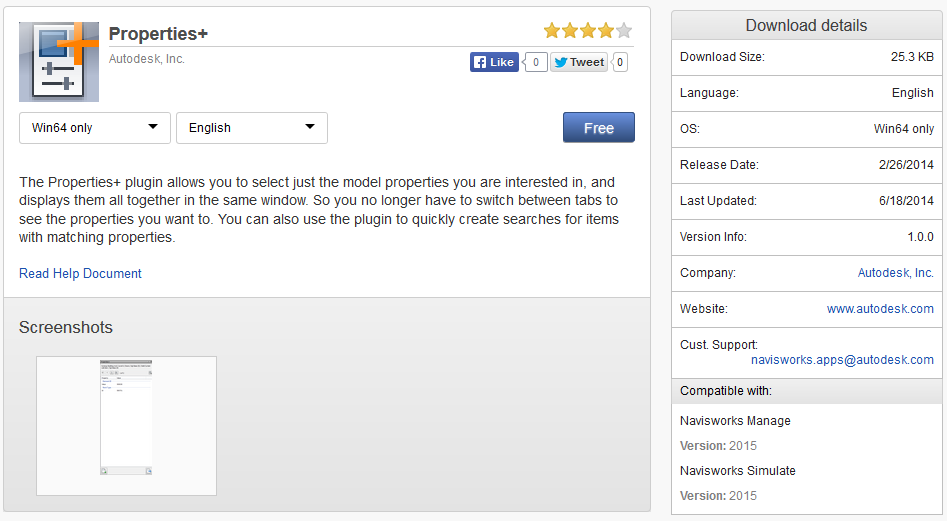

( Jeremy Tammik describes this topic in detail on his blog.)īeing able to identify each element by UniqueId is important for many API users in order to link external information to a specific element. But as stated above, they differ from UniqueId. Other properties, for example, Element ID, is not guarantied to be unique. It was added for API users in order to uniquely identify each element. But it actually has additional eight (8) characters at the end. As the name suggests, it’s an unique identifier of an element in Revit. This add-in will replace Revit's built-in IFC exporting model and won't appear as a standalone add-in.Every Revit element has a property called UniqueId. We have identified several issues with Revit's built-in IFC exporter and the IFCSite is not always exported properly if this add-in isn't installed, which results in inconsistent behaviour when you navigate through the model using various add-ins. If your workflow relies on IFC, we recommend installing Autodesk's add-in for Revit called IFC 2020 (2019 if you're using Revit 2019 etc.). Import your NWC file into Navisworks and your model should now be properly positioned geographically. Locate and set the Coordinates field to 'Shared'.ħ. Click the 'Navisworks Settings' button at the bottom of the window.Ħ. Import your Revit file and your model should now be properly positioned geographically.Ĥ. Locate and set the Coordinates field to 'Shared'.ĥ. Ignoring this step will result in inaccurate positioning of the issues recorded by BIM Track.Ĥ. This setting also has to be enabled in Revit (see 3rd Image) when exporting.


It is mandatory to have it configured in the file reader options within Navisworks (see 1 st image). You must use a shared coordinate system for your project. Here are a few good practices to keep in mind when setting up your model coordination workflow to enhance interoperability between Navisworks and Revit, ensuring that you get the correct positioning.


 0 kommentar(er)
0 kommentar(er)
